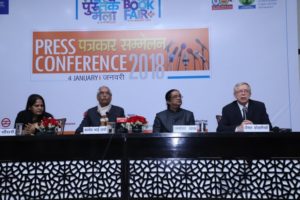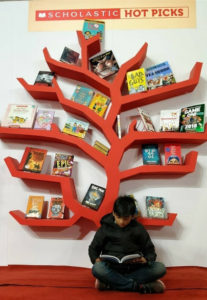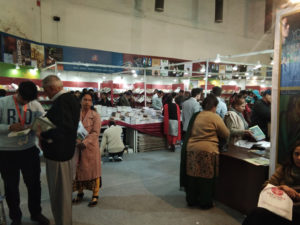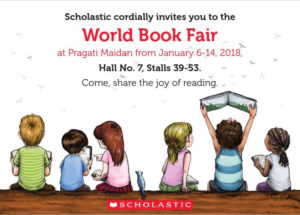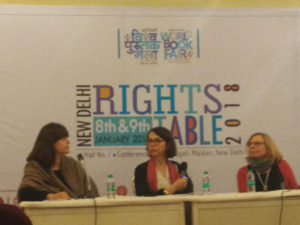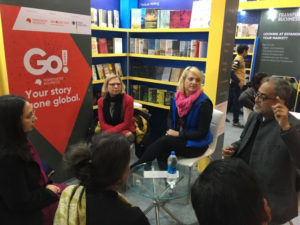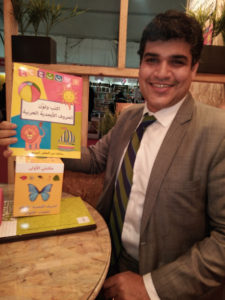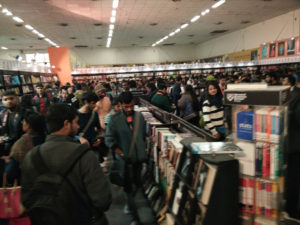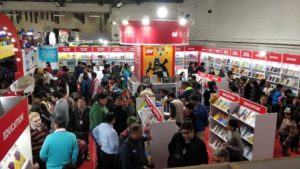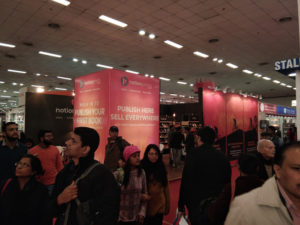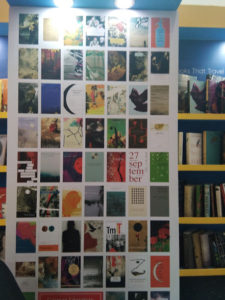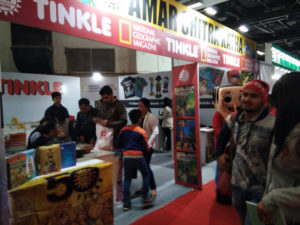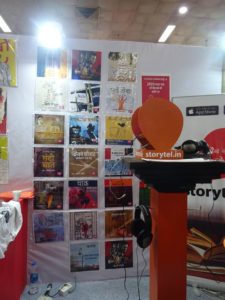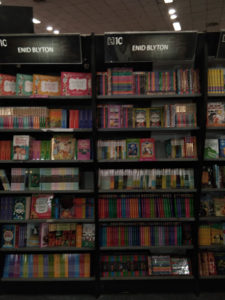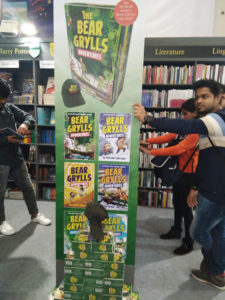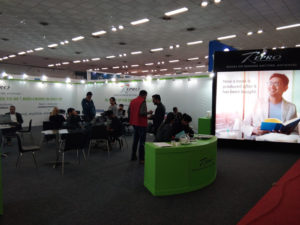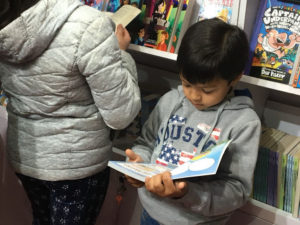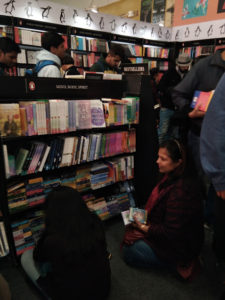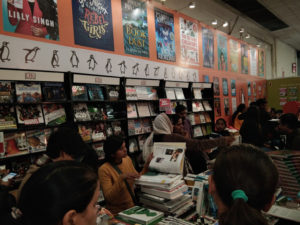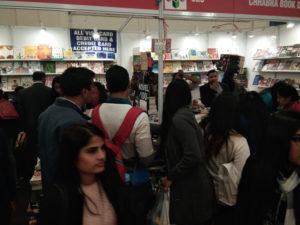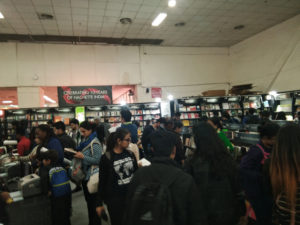Interview with Swedish author, Marit Kapla
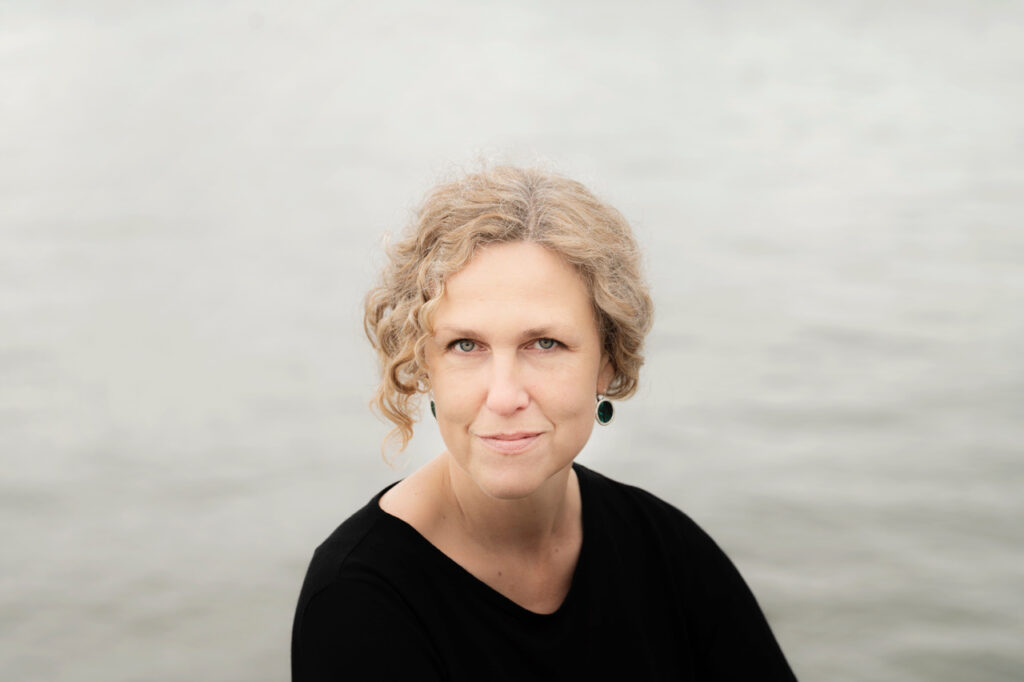
(C) EU
This interview is facilitated by EUPL and funded by the European Union.
I am posting snippets of my correspondence with Marit Kapla,
I was absolutely stunned by Marit Kapla’s Osebol. It is an incredible piece of work! In my mind, it is in the same league as the Belarusian Nobel Laureate, Svetlana Alexievich. I am not surprised that the Warwick Prize for Women in Translation 2022 was split between Geetanjali Shree/Daisy Rockwell and Marit Kapla/Peter Graves. Both the winners have written very strong books, but it is fascinating to note that the jury put a non-fiction and fiction text at par. In Osebol, the intensity with which Kapla interviewed the villagers and then took care in designing every page is an extraordinary literary feat. Without really constructing the manner in which a reader must access the information, the author manages to persuade the reader to read the text in an accessible manner. Stories of the ordinary folk and yet with the initial blandness of the narrative, the prose poetry form, gives way to a rhythm that is not exactly like a drum beat, but forces the reader to engage with the text. And from within this engagement emerge the distinctive voices and most importantly the cherished memories which go back and forth in time, developing an incredible time capsule in these 800+ pages of text.
I had a whole bunch of questions swirling in my head as I read Osebol. Some of which I posed to Marit Kapla. And she graciously answered saying that that my reading of Osebol made her very happy and she was honoured to be part of my blog.
Marit Kapla is a Swedish author and journalist. She was born in 1970 and grew up in the small village of Osebol in the mid-western parts of Sweden. She served as Artistic Director of Göteborg Film Festival 2007–2014 and as Founder and Program Director of the festival’s digital streaming platform Draken Film 2014–2015. During 2016–2020 she was one of two editors-in-chief of cultural journal Ord&Bild. She is a member of the board of PEN Sweden. In April 2019, she debuted with the book Osebol; a lyrical account based upon interviews with almost all the residents of her home village. Osebol has been so far translated into English, Norwegian, Dutch and Spanish. Kapla won the 2019 August Prize for best fictional book, the Publicistklubben Prize Guldpennan 2019, the Studieförbundet Vuxenskolans författarpris 2019, Borås Tidning’s Debutant Prize 2020, Göran Palm-stipendiet 2021 as well as the Warwick Prize for Women in Translation 2022 and was on the shortlist for the British Academy Book Prize for Global Cultural Understanding 2022. Marit Kapla’s latest book, Kärlek på svenska (Love in Swedish) was published in the fall of 2022. It is based on interviews with people all over Sweden about love and it’s written in the same lyrical style as Osebol. The interviews were made by documentary filmmaker Staffan Julén for his film with the same title. The book Kärlek på svenska was shortlisted for the European Union Prize for Literature 2023 (EUPL).
Photo of the author: Ola Kjelbye.
Q1. Your debut book Osebol: Voices from a Swedish Village has been described as a paen. Do you agree? Did you set out to write it in such a manner?
If I understand it correctly, the word ‘paean’ can mean several different things. It can be a poem that expresses triumph, thanksgiving, admiration, happiness and/or praise and perhaps other things as well. Perhaps you could read ‘Osebol’ as a paean but I did not really have in mind to write something that would express anything in particular. The writing process was more like an exploration. I did not know what the book would be like when I started to work on it.
Q2 Why and how did you embark upon this project?
I wanted to be an author when I was a child but at age 18, I decided to go for journalist instead, because that profession seemed to provide more of a stable income. At age 45 I left my job at the Gothenburg International Film Festival after ten years, and I decided I would give writing a chance after all. When I had decided to finally try to write a book, I decided very quickly that it had to be about my home village Osebol.
There are probably many reasons why I felt that Osebol had to be the subject of my first book. One reason was that I had noticed that the public debate about the city vs. the countryside had become sharper and more intense during the last decades. It isn’t productive to create antagonism between the city and the countryside like that, rather they are both dependent on each other. But it is important to discuss what the countryside has lost and is still losing with expanding industrialization and globalization, and what future possibilities rural areas might have.
I also understood that Osebol had become an exotic place for many people. Most children in Sweden today grow up in a city or a town, not in a village. Whenever I had read a news story in the paper about the countryside, it seemed to be presented with much prejudice. It didn’t reflect the rich and interesting everyday life I knew from Osebol. That made me really angry. And since I had been living in Gothenburg since 1998 and my family had finally left Osebol in 2007 when my father became ill, I realised that even I had become one of these urban people who have no idea what goes on in a village. All these things made me want to write a book about Osebol.
Q3 What is the age range of the interviewees?
I decided to not interview children under 18, but there is still a girl of 16 in the book. She sat at the table when I interviewed her parents and she gave some great comments that I was able to bring into the text. The oldest person was 92 at the time when I interviewed her.
Q4 Do you have a standard questionnaire or did you have to tweak it for different age groups and genders? Or none of the former options, but you merely had in-depth conversations?
I had no prepared questions. It was in that sense very different from interviewing somebody for a news story as a journalist. I met everyone in the house where they live and I started out asking questions about the house we were sitting in. Then I tried to listen carefully to ask the right follow-up question. That is something a journalist does too. Basically, I wanted to listen to whatever they wanted to tell me from their life experience and inner thoughts.
Q 5 You do not separate the responses. They merge into one another. The only indication is the changing name at the bottom of the page. What is the principle of organising the interviews?
It was very important for me that the reader should not mix up who is saying what. The village is one but the individuals in the village are many. It was crucial to me to capture both the many voices and everyone’s single and unique voice. I finally decided to present them in a manner as if the reader walks with me from house to house.
Q6 It is said that your signature style of writing is marrying prose poetry with investigative journalism. Why and how did this evolve?
My biggest source of inspiration is the Belarusian writer, Svetlana Alexievich. I wanted to write the book as she would have written it. What I like in particular about her stunning work is how everyone speaks seemingly directly to the reader, as she has eliminated everything else from the text except the bare words from the person speaking. I also like how interviewing a lot of people about the same thing, in my case a village, gives a fascinating multi-perspective-view of the subject. In the end I ended up moving from her prose into poetry. The idea came from a fellow writer who heard me read from one of the interviews that I had published in a cultural journal. He thought it sounded like poetry and suggested that I would also make the layout like poetry. I immediately felt that this was the proper way to present the interviews from Osebol. All along the interview process I had been noticing the poetic qualities in what people told me and wondered how I could give these qualities justice in the text.
Q7 As a trained investigative journalist, how do you manage interviews, especially the gendered responses? Does it require different sets of skills to talk to men and women?
I think every interviewer meets other people in his or her particular way. One aspect in this is that you cannot change who you are. For instance, I cannot change the fact that I am a white woman of now 53. That means something in how other people see me and maybe also in how I by habit act in the world. I need then to think about the things I can influence, in order to prevent these fixed factors to become an obstacle in the interview. I mean, if I find it easier to interview one gender than the other, maybe I should try to change something in my interview technique. Basically, I need to listen carefully to what everyone says, to try to ask similar follow-up questions to everyone and in general to not take anything for granted. I am not saying that I always succeed. Interviewing is a constant adventure in the present, and that is what is so endlessly fascinating about it.
Q8 How important is rhythm to your writing?
Rhythm is very important to me, both in life and writing. I don’t really know how to verbalize it more than that but maybe that is exactly because rhythm is a non-verbal thing. Rhythm is also important in film editing. I sometimes think that I have ‘cut’ Osebol, like you would edit a movie.
Q9 How crucial is memory to storytelling and fact checking while recording oral history testimonies as you have done in Osebol?
When people tell me things in an interview that are not possible to fact check, for instance a story about something that happened in the past that involves only the person in question, my general attitude is to trust them. But of course, I do check things when I write, like names, years, spellings etc. If anything should be wrongly remembered, the person has the possibility to change it before printing. Of course, I cannot guarantee that when someone tells a good story there isn’t an exaggeration here and there. Since the interview situation is clearly stated in my afterword in the ‘Osebol’ book, I think the readers won’t mind that they are also being told the good story. I think the reader is willing to accept that this is oral tradition, with everything that comes along with that, like possible slight exaggerations for dramatic effect.
Q10 How critical is the preservation of local culture?
I think knowledge about local history and culture is very important. It is much easier to dismiss a place or a region if you know nothing about it. History and culture also serve as a source of pride for the people living in a region.
Q 11 Are the Swedish and English layouts of the book similar or is there variation?
They are similar. The main difference is that the English version contains a map to make it easier for non-Swedish readers to understand where on the map the places mentioned in the book are situated.
Q12 In translation, words change. It is not always possible to find one word equivalent of the source language in the destination language. So, what do you do about such challenges?
I trust my translators of course but I am also happy to answer any question they might have. I enjoyed very much working with the translator into English, Peter Graves. Sometimes I would suggest a different English word than he had chosen. My aim was always to try to capture as many meanings as possible that might lie in the original Swedish word. It was up to Peter then to accept it or reject it or give a third suggestion, depending on what would work in English. I am extraordinary pleased with the way ‘Osebol’ finally is translated into English.
Q13 As a debut author, how did you persuade your editors to this extraordinary page layout?
I was fortunate enough to work with the brothers Anders and Jonas Teglund of Teg Publishing. They grew up in the town Luleå in north of Sweden and they had a unique understanding for what my interviews were about. They gave me all the creative freedom I needed, even when it turned out that the book would stretch over more than 800 pages. Anders said all along the process: ‘It would be fun if the book about Osebol would be really long. That would be a great rural statement!’
Q 14 Do you have any Swedish author/book/literary website recommendations for readers?
Apart from the Belarusian writer Svetlana Alexievich, my biggest inspiration when writing Osebol was the Swedish author Selma Lagerlöf. They are both winners of the Nobel Prize in Literature; Alexievich in 2015 and Lagerlöf as the first woman getting the award in 1909. Selma Lagerlöf’s novels and short stories express a lot of insights in the human nature in combination with imagination and emotion. She is a true master. The translator of Osebol, Peter Graves, also translated Selma Lagerlöf from Swedish into English. I warmly recommend his translations, for instance The Phantom Carriage, A Manor House Tale and The Emperor of Portugallia.
Disclaimer: This paper was written under the European Union Policy & Outreach Partnerships Initiative with the view to promote European Union Prize for Literature awardees. The publication was funded by the European Union. Its contents are the sole responsibility of the authors and do not necessarily reflect the views of the European Union.

